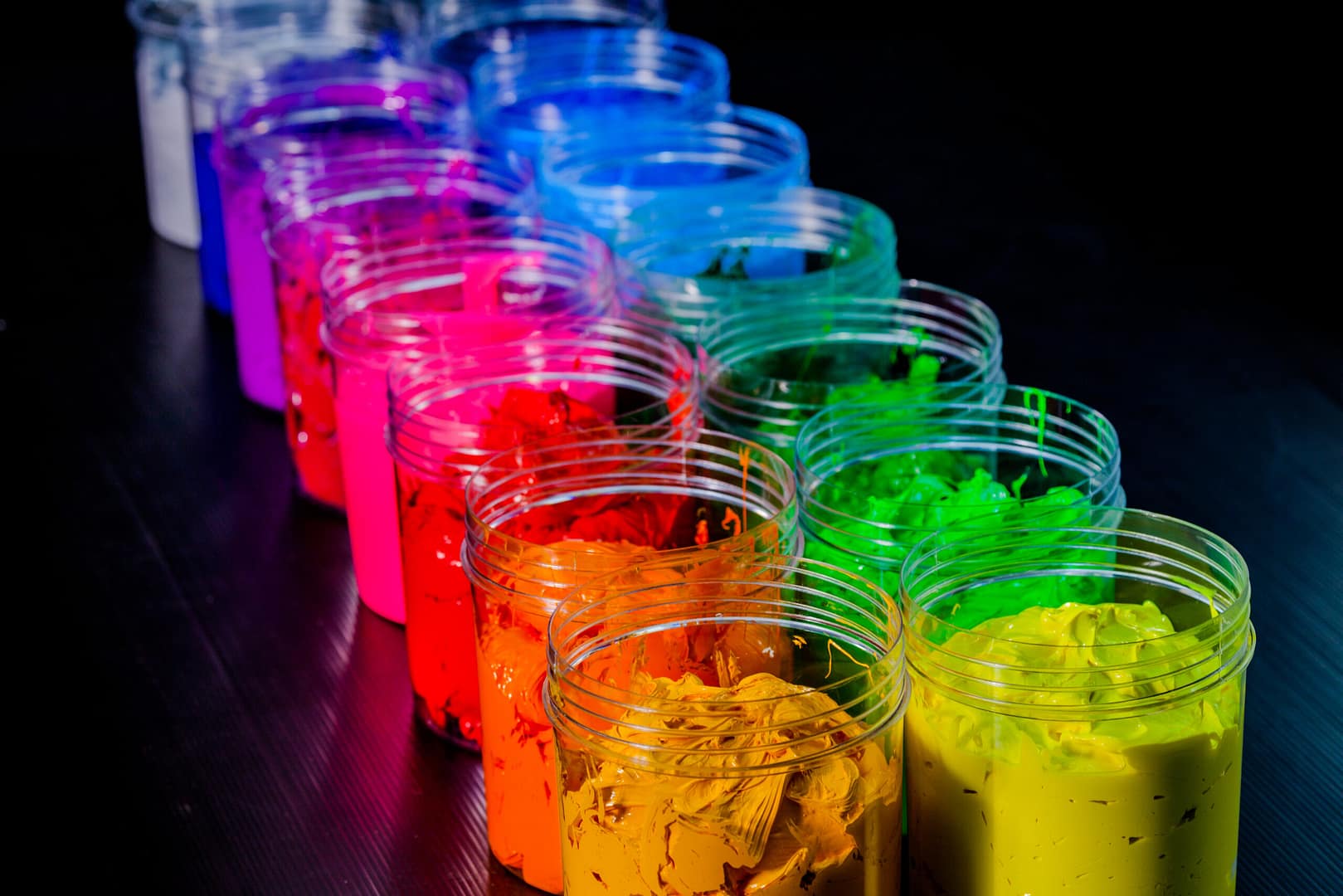Is it better to start screen printing with water-based or plastisol inks?
Introduction
Screen printing is a versatile and popular method of applying designs to various substrates. When it comes to choosing the right type of ink for screen printing, two common options are water-based and plastisol inks. Each ink type has its own characteristics and benefits, and understanding their differences can help you make an informed decision. In this article, we will explore the pros and cons of both water-based and plastisol inks, factors to consider when choosing between them, and provide insights into market trends and preferences.
Understanding Water-based and Plastisol Inks
Before diving into the comparison, let’s have a brief overview of water-based and plastisol inks. Water-based inks are made primarily from water, pigments, and binders. They are known for their eco-friendliness, soft hand feel, and ability to produce vibrant colors. On the other hand, plastisol inks are made from a PVC-based plastic and require heat to cure. They offer excellent opacity, durability, and are often the preferred choice for printing on dark garments.
Pros and Cons of Water-based Inks
Water-based inks offer several advantages for screen printing. Firstly, they are more environmentally friendly compared to plastisol inks as they don’t contain harmful chemicals or volatile organic compounds (VOCs). Water-based inks also provide a softer feel on the fabric, allowing for a more comfortable end product. Additionally, they offer excellent color vibrancy and allow for easier color blending and gradients. However, water-based inks can be more challenging to work with, requiring precise control of variables such as temperature and humidity. They may also require a longer curing time and can be less opaque on dark fabrics.
Pros and Cons of Plastisol Inks
Plastisol inks have long been the industry standard for screen printing, and for good reasons. They offer exceptional opacity, making them an ideal choice for printing on dark garments or fabrics with high color contrast. Plastisol inks are also easy to use, have a longer shelf life, and require less equipment setup. However, plastisol inks contain PVC, which can have environmental implications due to the release of phthalates during the curing process. Additionally, the final print can feel thicker and less breathable compared to water-based inks.
Factors to Consider in Choosing Inks
When deciding between water-based and plastisol inks, several factors should be taken into account. Quality and durability of the prints, environmental impact, printability and color vibrancy, health and safety considerations, and cost are essential considerations. The choice may also depend on the specific application techniques, such as manual or automatic printing, and the desired market trends and preferences.
Comparison of Water-based and Plastisol Inks
Quality and Durability: Water-based inks produce softer prints that are more breathable, whereas plastisol inks offer superior opacity and durability, especially on dark fabrics.
Environmental Impact: Water-based inks are considered more eco-friendly due to their water-based composition and lack of harmful chemicals, while plastisol inks have environmental concerns due to their PVC content and the release of phthalates.
Printability and Color Vibrancy: Water-based inks excel in producing vibrant colors and allowing for color blending, while plastisol inks offer excellent color opacity and easy application.
Health and Safety: Water-based inks have lower toxicity and don’t require harsh chemicals for cleanup, making them safer for printers and the environment. Plastisol inks require proper ventilation and the use of chemicals for cleanup.
Cost Considerations: Water-based inks are generally more expensive upfront but can be cost-effective for small print runs. Plastisol inks are more affordable initially and often more suitable for larger production volumes.
Application Techniques
Water-based and plastisol inks have different application techniques. Water-based inks require a proper understanding of variables like temperature, humidity, and mesh count to achieve desired results. Plastisol inks are more forgiving and suitable for both manual and automatic printing methods.
Market Trends and Preferences
In recent years, there has been an increasing demand for eco-friendly and sustainable printing practices. This trend has led to a surge in the popularity of water-based inks due to their minimal environmental impact. However, plastisol inks still dominate certain sectors, such as the sportswear industry, where durability and opacity are critical.
Conclusion
Choosing between water-based and plastisol inks for screen printing depends on various factors, including the desired print quality, environmental considerations, application techniques, health and safety, and cost. While water-based inks offer eco-friendliness and vibrant colors, plastisol inks provide excellent opacity and durability. Ultimately, the decision should align with your specific requirements, market trends, and preferences.
Read more about screen printing process here.
FAQs
- Q: Are water-based inks more expensive than plastisol inks? A: Water-based inks are generally more expensive upfront but can be cost-effective for small print runs.
- Q: Do water-based inks require special equipment for curing? A: Water-based inks require proper control of variables such as temperature and humidity, but they can be cured using standard screen printing equipment.
- Q: Can I achieve the same color vibrancy with water-based inks as with plastisol inks? A: Yes, water-based inks can produce vibrant colors and allow for color blending and gradients.
- Q: Are plastisol inks safe to use? A: Plastisol inks require proper ventilation and caution during use, but when handled correctly, they can be used safely.
- Q: Which type of ink is better for printing on dark fabrics? A: Plastisol inks are known for their excellent opacity and are often preferred for printing on dark garments or fabrics with high color contrast.
